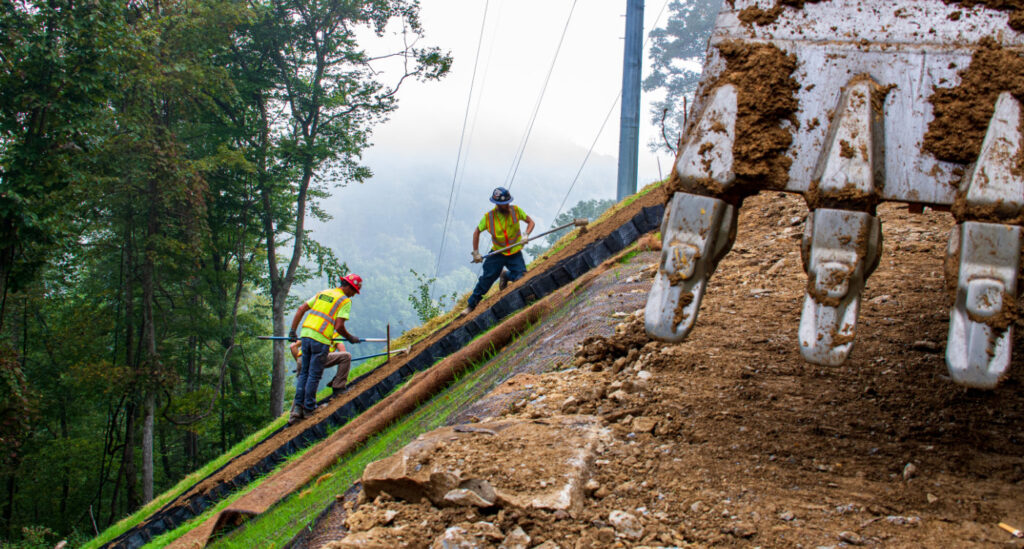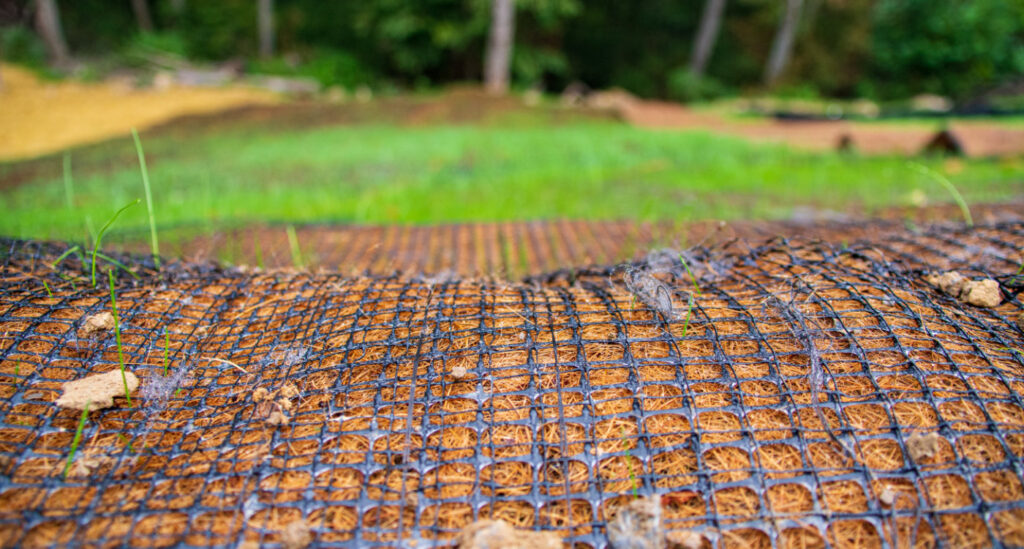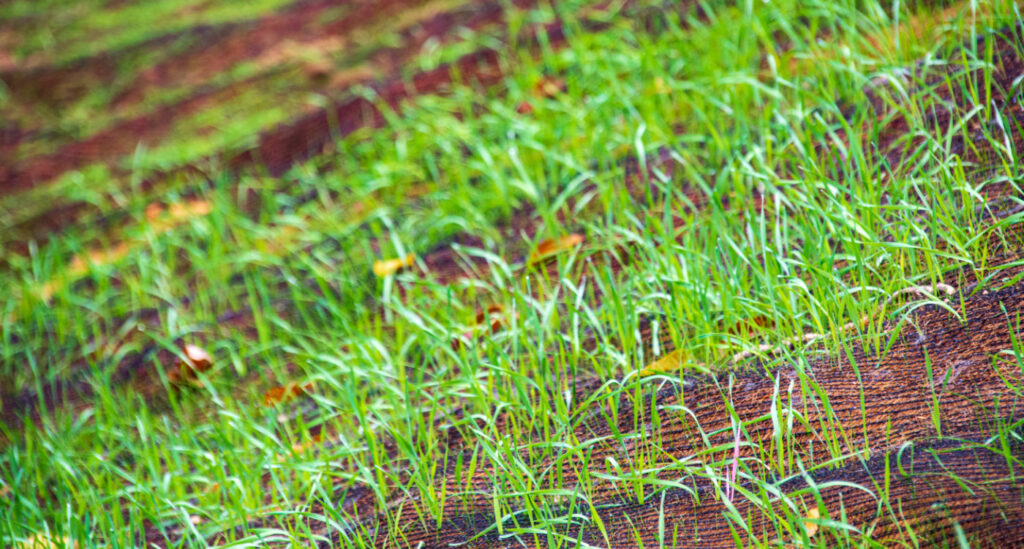
At Cook’s Excavating, conservation is a key component of our work.
As West Virginians, we feel fortunate to live in one of our nation’s most naturally beautiful areas. With its hilly terrain, dense forests, and abundance of waterways, West Virginia is a haven for all who enjoy the outdoors. However, it’s essential to remember that this space isn’t solely ours to claim — it’s also home to a wide variety of wildlife who have been rooted here for generations.
That’s why we’re committed to protecting it.
With each project, we strive to provide higher-quality service than our competitors and respect the land and habitats we’re working with. According to the West Virginia Division of Forestry, about 80 percent of our state is forested, or covered in forest, and through thoughtful planning and collaboration with wildlife inspectors and biologists, we work diligently to keep it that way.
Often, people associate excavating and grading companies with devastation of land for the sake of development — but that’s not the case for us.
About half of the business the Cook’s team does each year is focused on environmental remediation. Last year, some of our remediation projects included excavating an old landslide, cleaning out a creek, planting all-native grass and shrubbery, and hand-planting more than 2,500 trees. More recently, we’ve invested a significant amount of time in remediating the environment, planting, and controlling stormwater and runoff.
There are many reasons we are committed to protecting our environment, especially in our beloved state. Industries of the past, such as strip mines, did not have rules or regulations in place to conserve their surroundings. As a result, critical land and water resources were destroyed or contaminated.
Many of our previous, current, and upcoming projects involve remediation and reclamation projects to repair past environmental messes. With thoughtful collaboration with state agencies, wildlife biologists, and land owners, we are working to rehabilitate such spaces and prevent these from occurring in the future.


When we pursue projects, we do so with three priorities in mind: environmental preservation, cost-efficiency, and methodical execution. Typically, our processes begin with the engineering of a project, which goes out for bid advertisement. If the bid is awarded, we move on to the construction planning phase.
In the planning phase, we begin to strategize plans that align with both the engineered sketches and our proposal. There are weeks, sometimes months, of work — including environmental consultations — that take place long before our equipment crosses into project territory.
We have seen firsthand the devastation that can occur when wildlife are displaced by irresponsible or inconsiderate excavation: Animals are displaced, lose their habitats, and put in danger when land is stripped, which can force them to seek refuge in residential buildings or other areas that may be unsafe.
As we plan stages of a new project, we contact wildlife biologists who are local to the area and schedule a few days to walk around the job site and gain a better understanding of the space. This assists us in prioritizing the environment and wildlife from day one, and we are committed to working with project developers and land owner(s) to ensure that the project will be both completed on time while also keeping wildlife and their home(s) safe.
Some projects may have a few areas of concern, and others have significantly more, but with every project, we strive to leave the site in a better condition than when we found it.
Safety is a major priority for our team, and there are many safety clearances required for each project. It is critical for us to address them all and plan accordingly. Once the excavation begins, it is often completed in phases, and at the finalization, we begin the vegetation process by planting high-quality grass via hydroseed.
Imagine that a client wants to build a road from the bottom of a mountain to the top. The average person might get equipment needed to cut into the mountainside, angled straight up the slope. An experienced contractor, however, would likely do so but incorporate culverts, ditches, soil stabilization, and other slide mitigation efforts. At Cook’s Excavating, we do things a little differently.
First, we prioritize getting familiar with the land and surroundings. We research and study the area, consult with engineers, and ask questions to gain helpful insight. Are there additional elements that should be factored into the development? Does this environment change with the seasons? By researching, we learn that there’s a small pond at the bottom of the mountain — but it only has standing water in the springtime.
Had we not acquired this information, we would not have known to preserve the ephemeral stream that feeds into the small pond. We would not have known that the stream provides a critical ecosystem for a variety of animals, like the Spring Piper Frogs, who lay their eggs in this pond because it does not have fish. We would not have known that it serves as a drinking pond for many animals each spring, that deer seek shelter from predators here, or that the moisture-retentive soil grows turnips and clover, which provides food for fawns and rabbits.
Without thorough, methodical research and planning, one swipe of a dozer could have wiped out the ephemeral stream, dried up the pond, eliminated food and water sources, which could lead to the demise or relocation of an animal. Taking the extra steps to understand all aspects of the areas we work in prevents such tragedies from occurring.

If a project is at risk of encountering an endangered species or habitat, we are dedicated to working around them. Sometimes this results in a higher cost for us, but it’s a price we’re willing to pay to protect native species.
Take the Indiana Bat, for example: Declared endangered in 1966, the Indiana Bat was once considered at risk of extinction as a result of encroaching development, loss of habitats, and white-nose syndrome. During certain times of the year, the Indiana Bat lives under loose bark on certain types of trees. These trees can only be cleared at a certain time of year to prevent disturbing or harming the bats.
In 2019, the U.S. Fish and Wildlife Service estimated that there were about half a million Indiana Bats in the United States, noting that the population has “declined by half compared to when the species was listed as endangered.” Today, the Indiana Bat is one of more than 1,300 animals considered endangered or threatened in the United States, making conservation efforts more important than ever.


Simply put, we do things the way we do because it’s important to us — and it should be to you, too. We practice conservation for the wildlife we share our state with. We take extra steps to preserve our state’s natural beauty for many generations to enjoy and experience. As West Virginians, we protect it because it’s our responsibility, and we’re proud to do so.

Have a job for us? Send us a message and we’ll get back to you as soon as we can. Thank you for your interest in Cook’s Excavating, LLC, and we hope we can provide our services to you!